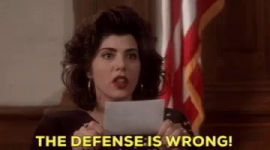Was involved where we had done an install and the original pull was effortless and w/o issues. Some time later two conductors had to be added, during this recall musing what was the effect on the existing cables.....didnt appear to be a big deal as far as pull effort etc.
Years later (because some other equipment installation issues), we had to reroute that particular conduit, so in with a new and all new wires; determ the former and remove blah blah.
Crew got to looking at the insulation on that removed conduit and shu nuff there were signs of damage where one (or more) cable apparently continued to pass that same point on that existing wire. Interestingly one group pointed to that as a proof to not do the 'pull some more' technique while the c'est la vie folks said yeah but that scuffing / skiving was not really that bad.
~
I can see the contention described: one doesnt really know until after the second pull is done and then pull em all out to see if'n there was damage, which kind of defeats any savings of time.

